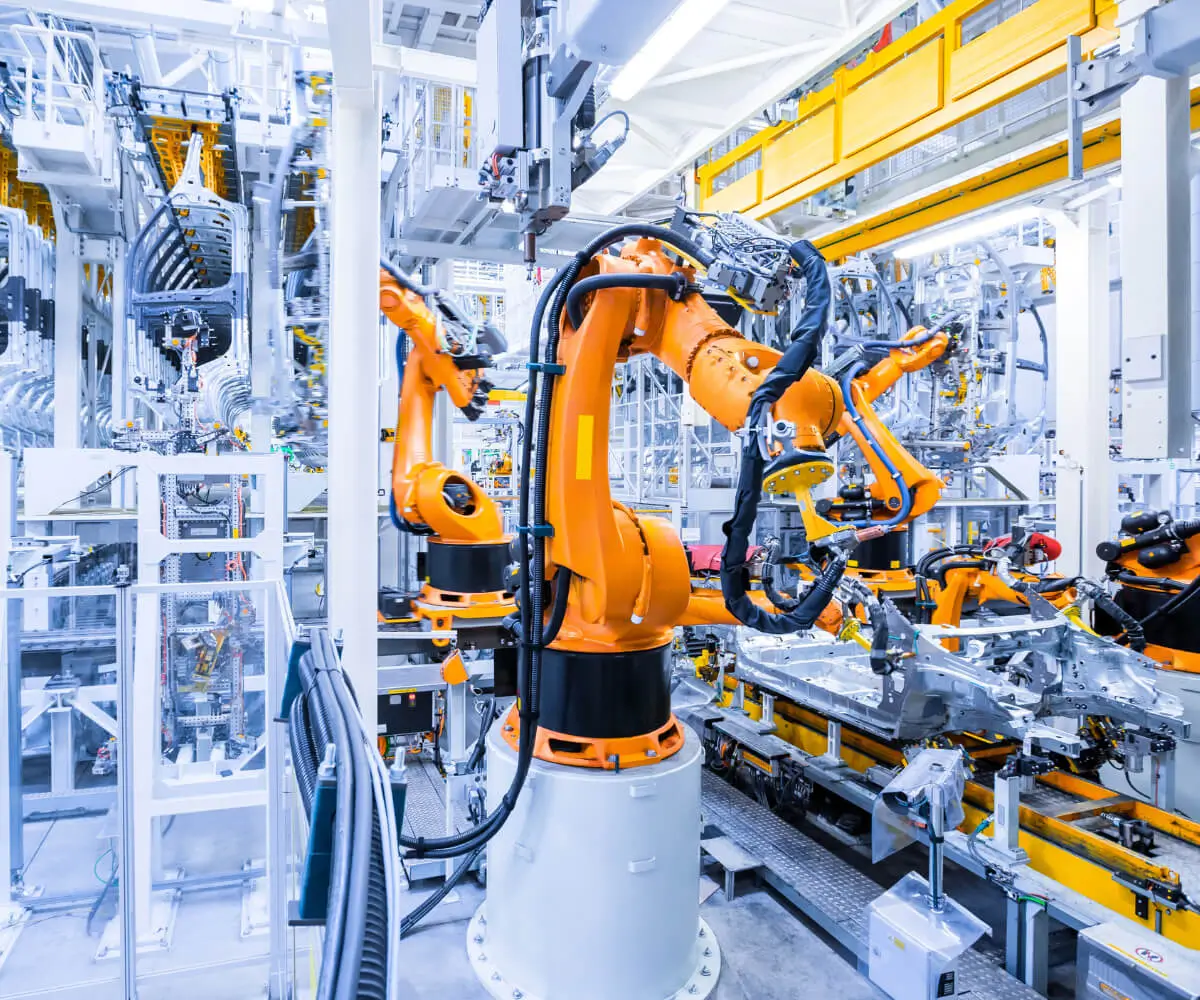Imagine a tiny orchestra performing in perfect harmony—that’s essentially what a servo motor’s internal structure does every time it executes a command. These compact yet incredibly sophisticated devices are the backbone of robotics, CNC machinery, aerospace systems, and countless automation applications. To truly appreciate their power and precision, it’s helpful to peel back the layers and understand what makes them tick—from their core components to the intricate dance they perform seamlessly.

At its heart, a servo motor is a closed-loop control system. Unlike simple electric motors that just spin when powered, servo motors are designed to position or velocity with remarkable accuracy. This feat is achieved through a well-orchestrated interplay of several key internal components, each fulfilling a specific role in the motor's operation.
Let's start with the stator—the stationary part of the motor, which houses the windings. These windings are copper coils through which current flows, generating a magnetic field. The strength and orientation of this magnetic field directly influence the movement of the rotor. Different configurations of windings, such as lap or wave winding, can be used depending on the design requirements, affecting torque and speed characteristics.
The rotor, the rotating part of the motor, is equally vital. Typically made of laminated iron or steel, it often contains permanent magnets or windings, depending on whether the servo motor employs a brushed or brushless design. In brushless servo motors, the rotor is equipped with permanent magnets—commonly neodymium or ferrite—that provide a concentrated magnetic field. This permanent magnet assembly is meticulously designed to produce a strong, stable magnetic flux, enabling high torque output with minimal energy loss.
Surrounding the rotor is often a set of sensors—most notably Hall effect sensors in brushless configurations—that continuously detect the rotor’s position. These sensors relay real-time data to a sophisticated electronic control unit, which then adjusts the current in the winding to keep the rotor precisely aligned with the desired position. This feedback loop is what distinguishes servo motors from their simpler cousins.
But a servo motor’s internal architecture is far richer than these components alone. Embedded within the motor casing is a gearbox or gear train—sometimes integrated directly into the motor assembly—that translates high-speed, low-torque rotation into low-speed, high-torque output. This mechanical advantage allows servo motors to achieve precise motion control even under loads.
The core of the internal structure is also built around the electronic components—power amplifiers, drivers, and a microcontroller—that form the heart of the closed-loop system. These electronic elements interpret feedback signals from sensors and generate the necessary current pulses to drive the windings, effectively enabling the servo motor to respond instantaneously to commands with remarkable fidelity.
Thermal management is yet another critical aspect of internal structure design. The constant flow of current generates heat, which can degrade components if not properly dissipated. Many high-end servo motors feature integrated cooling systems—such as fans, heat sinks, or even liquid cooling channels—to ensure operating temperatures stay within safe limits, maintaining efficiency and prolonging lifespan.
Every piece in this internal mosaic has a purpose, from the stator windings creating the magnetic field, the rotor magnets generating constant flux, the sensors providing crucial positional feedback, to the electronic drive circuitry coordinating movement with split-second accuracy. Together, they form a finely tuned system that transforms tiny electrical signals into smooth, controlled motion.
In understanding these internal structures, engineers gain valuable insight into how servo motors achieve their hallmark precision and reliability. Whether in robotic arms that assemble our gadgets or in aerospace components navigating the vast skies, it’s this intricate internal architecture that makes servo motors so invaluable in pushing the boundaries of what machines can do.
Established in 2005, Kpower has been dedicated to a professional compact motion unit manufacturer, headquartered in Dongguan, Guangdong Province, China.




































